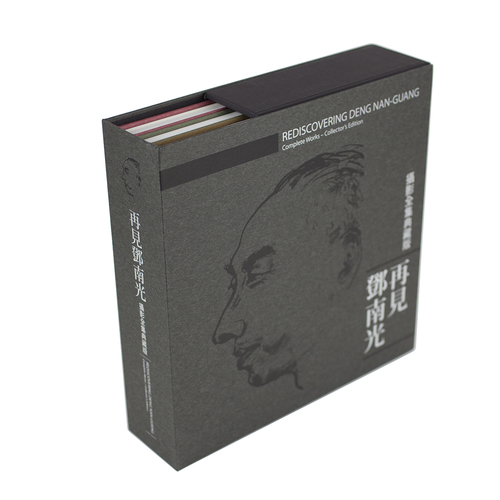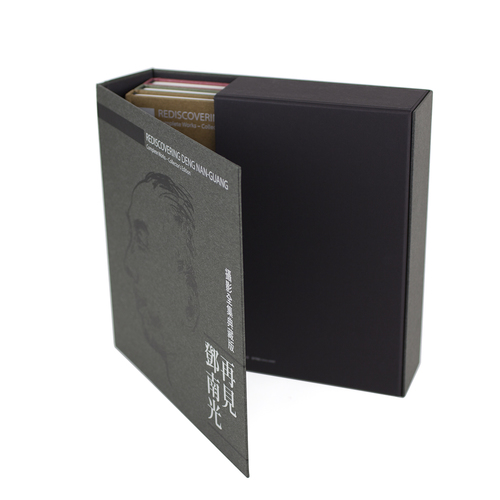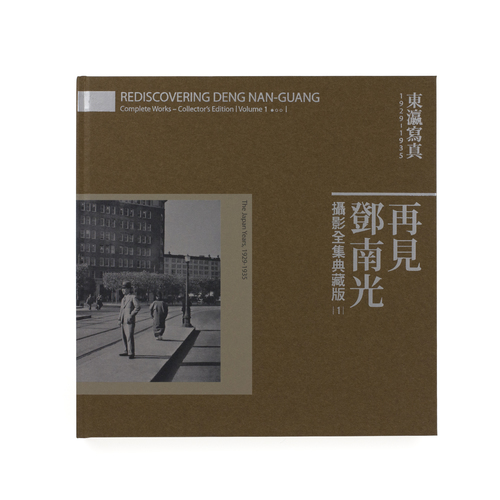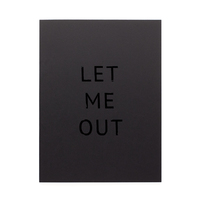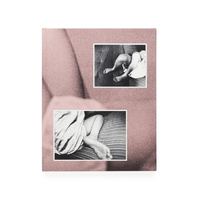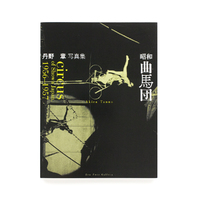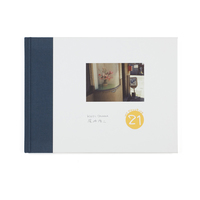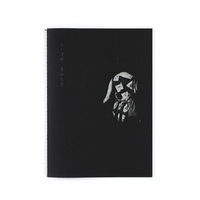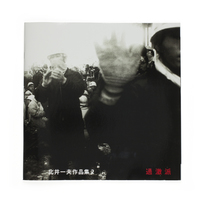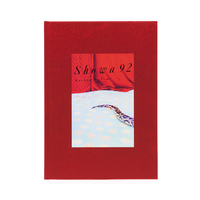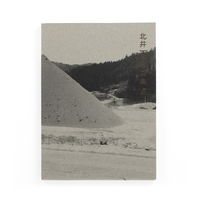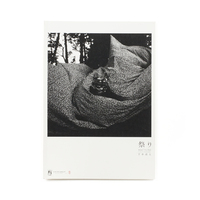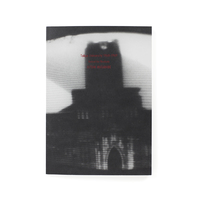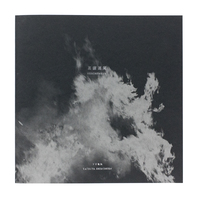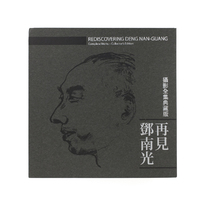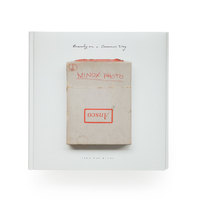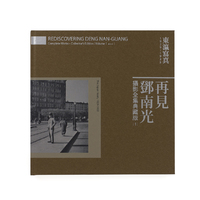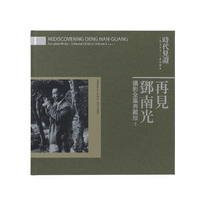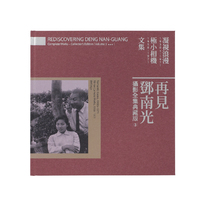Rediscovering Deng Nan-Guang Collector's Edition
Deng Nan-Guang(1907-1971), former name was Deng Tenghui. He graduated from Beipu public school (the current Beipu Elementary School) and went to Japan to study in 1924 (Taisho 13th). In 1929 (Shiaowa 4th), he got into the Economic major. at Hoisei University and came back to Taiwan in 1935 after he graduated. During his university years, he took parts in the joint exhibition of photography club and used his classmates and friends to be his model and took lots of portrayal photos. He also tried to capture the street views around the flourishing Ginza. In 1932, for the first time he used his work, The woman in the bar (酒吧的女人) to be published on the intaglio page in the masthead of CAMARA magazine. In 1934 he joined the first Shanghai International Art Show of Photography and was selected 10 grades 4th place with the work The sketch of the seacoast (海濱的速寫). A lot of his photo shoots were published in the Leica Monthly (萊卡月刊) which was edited by the photography critic Jue Jianghong.
While he studied in aboard, he was influenced by the Japan’s “New Photography Movement”, which made him more observant to the city girls, also he was capable of using snap shots to capture the things that touched his heart. The representative works during this period were The lady viewing the scenery pictures (觀賞風景照的仕女), The mailbox and the child (郵筒與小孩) and Modern lady (摩登仕女)…etc.. After he came back to Taiwan, he opened a store called “Nanguang portrait machine store” at Taipei Kyoumachi (the current Boai Road). While he handled the business, he also continued to create photo shootings. For the female pedestrians in the Taipei city, he had left a bright tone with rhythm series of female portrait series which also opened up the realistic native photography trend in Taiwan’s late 1930 and he became the important pioneer of using the photos to record the actual events. Examples are such as using the peripheral of hometown Beipu as the background to record the traditional living cultures in Hakkas’ city and town, for events like the statuary of the clansman, holidays and festivals, wedding and funeral ceremonies, parade around the streets to praise the gods, the market views. The representative works were the Emei’s paper hanging (峨眉掛紙), Return the mountain (還山) and Peaceful drama (平安戲)…etc.. In the end of the World War Two and after,
Deng Nanguang were the very few photographers that recorded the beginning and the end of the war at Taipei city. He had left the precious historical images such as The moment the allied forces’ plane got shot down (盟軍飛機被擊落一剎那), Picking up the bricks in the ruin (廢墟中撿拾磚瓦), Japanese selling the family belongings on the streets (日人在街頭販售家當). The series “Culture of the bar” that was completed in 1950s was the monumental work of Deng Nanguang which was full of the sense of self living story. This series showed a desolate middle aged man and an understanding and wise female bar friend gazing sincerely at each other which was the extract of his works. Deng Nanguang had always been one of important leader in the activities for rousing up the photography fashion after the war. Other than joining the resuming of “China photography association” activity in Taiwan, he was also the long term sponsor and judge of the ‘Taipei’s monthly photography contest’ with Chang Cai and Li Mingdiao (the so called ‘Taipei’s three Musketeers of photography’).
Even in 1953 he established the “Unrestrained photography exhibition”, and in 1963, he started and established the “Photography Association of Taiwan Province”. In August 2007, the Taipei Fine Arts Museum exhibited the “Deng Nanguang’s 100 years old memorial exhibition” and the photographer Chang Zhao Tang had pointed out that ‘Looking at the life of Deng Nan Guang, it’s almost like the camera was his eyes and also his pen.
- Book Size
- 285 x 285 x 20 mm
- Pages
- 176, 198, 240 pages
- Language
- English and Chinese
- Binding
- Hard Cover with case
- Publication Date
- 2013

